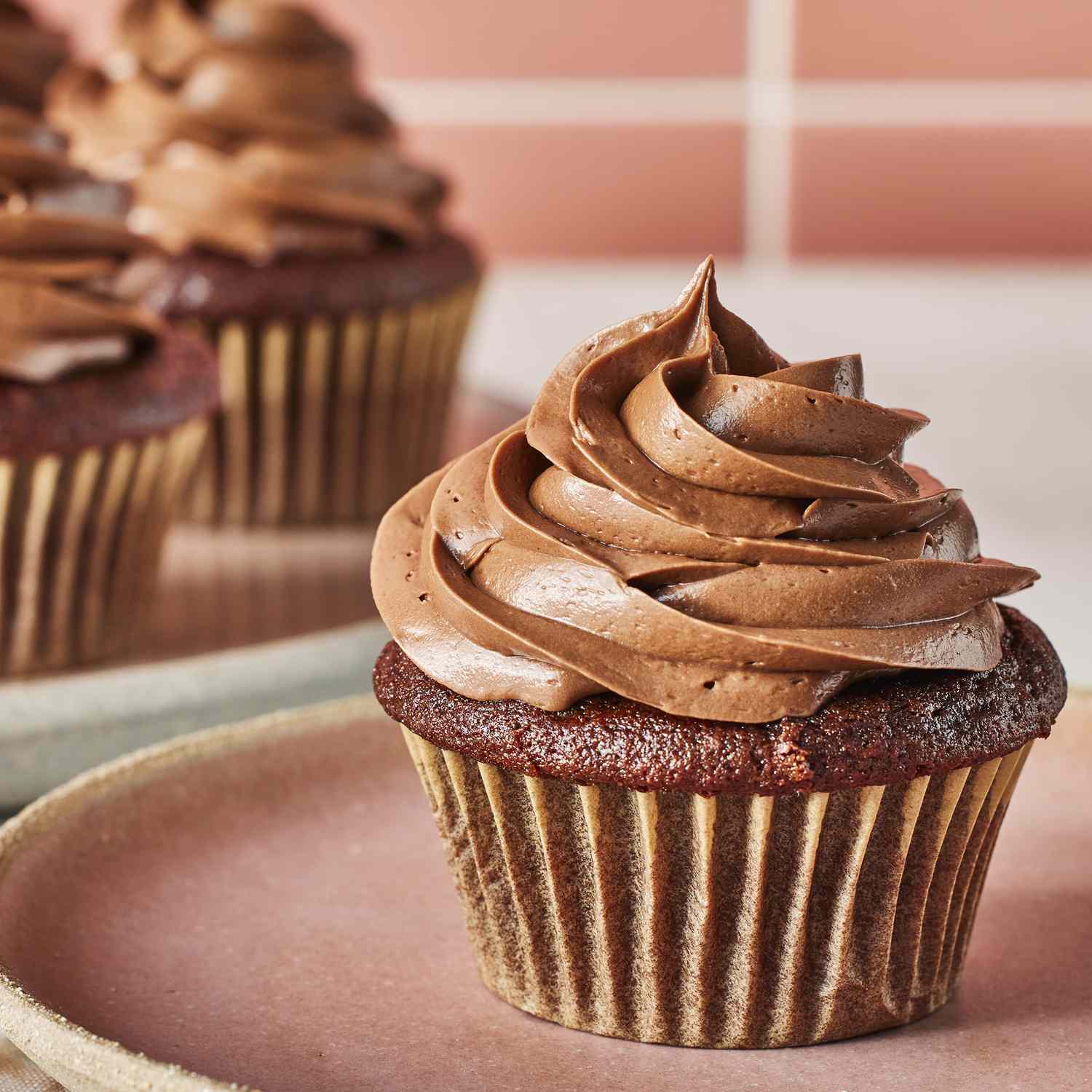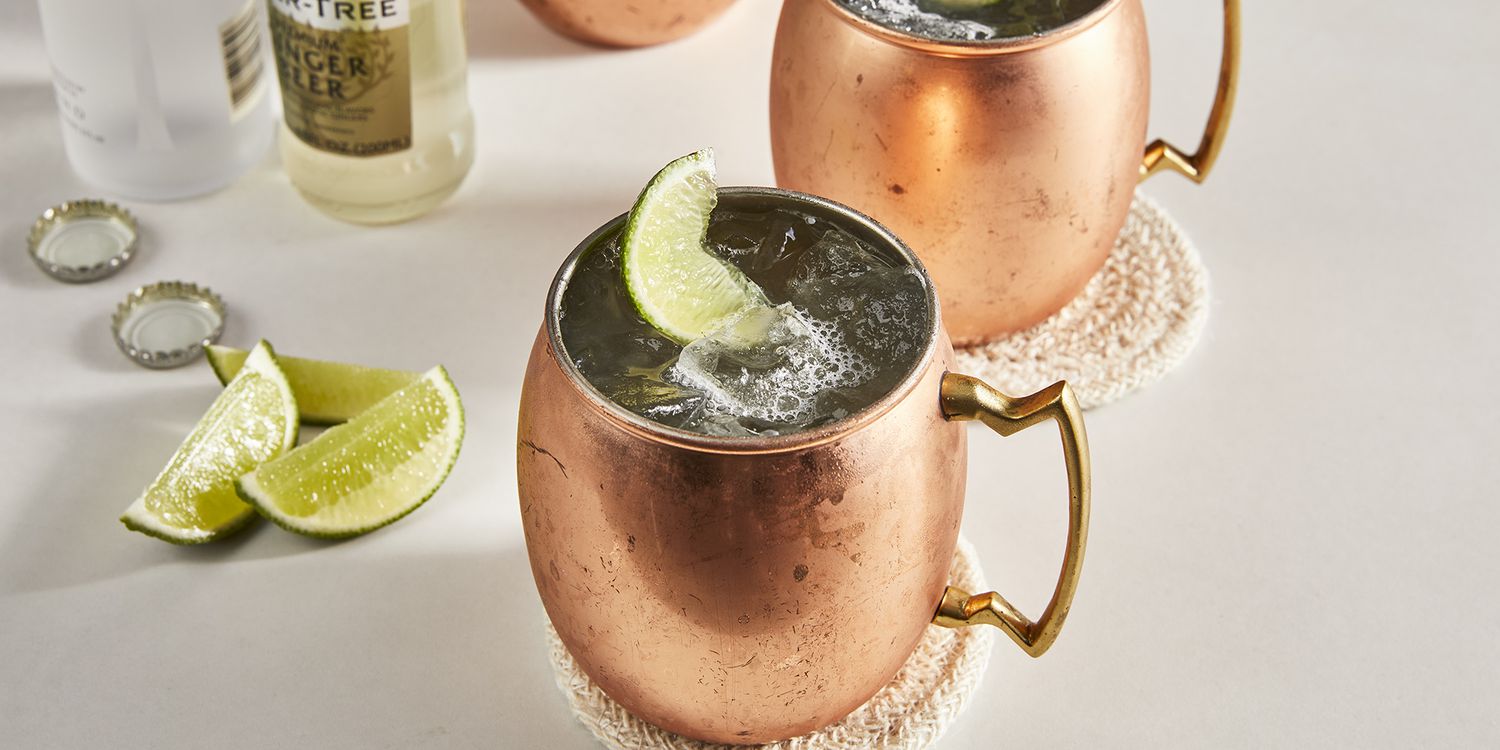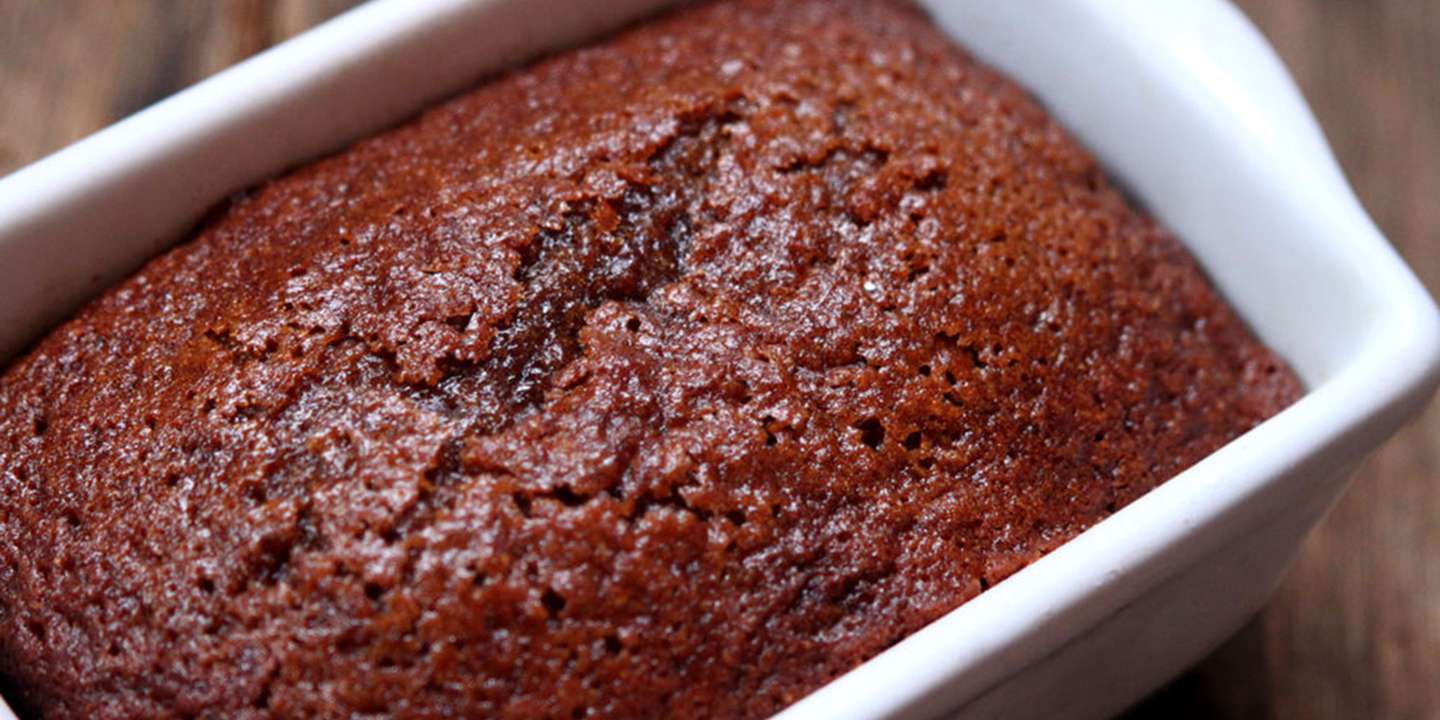Holiday season is gingerbread season at Walt Disney World Resort. Throughout November and December, select hotels feature larger-than-life gingerbread houses and displays seen by thousands of people, while even more Disney guests sample scrumptious gingerbread treats at various Disney resorts and theme parks.
One of the most popular displays is the life-sized gingerbread house at the Grand Floridian Resort and Spa. The 14-foot-tall house, which uses 600 pounds of powdered sugar, 1,050 pounds of honey, and 700 pounds of chocolate, takes about 400 hours of total baking time to prepare. Then pastry chefs take about a week to assemble the life-sized house in the lobby of the resort.
But what happens after the clock strikes midnight and Santa has come and gone? The gingerbread displays are taken apart piece by piece, according to Kristine Farmer, a pastry chef at Disney’s Grand Floridian Resort and Spa. “Each year, we remove all edible items and place them in food waste bins that are then sent for composting,” she says.
While you may be thinking that’s where the holiday cheer ends, Disney has found a great way to further recycle its gingerbread displays: Local bees help clean the remaining sugar and gingerbread pieces from the wooden structures.
It all started a decade ago, says Barry Stockwell, a planned work specialist for Disney World’s Event Decorating Support department. During the annual gingerbread display cleaning, he says, “Disney noticed bees were very attracted to the sugar on the displays after deconstruction.”
A new partnership was born. Now, after the gingerbread house’s skeleton structures are taken apart, each piece is taken to Disney’s tree farm, where local bees feed off the frosting left on the wooden frames. According to Disney, the bees that find the gingerbread displays come from Central Florida, since bees can only travel about two miles to search for food, nectar, and pollen.
This process is beneficial to the local environment too. According to the U.S. Department of Agriculture, bees play a big role in food production, and more than 100 U.S.-grown crops rely on pollinators. Over the years, bee populations have been declining, in part due to stressors like pesticides, nutritional deficits, habitat loss, and more.
Once the bees have taken most of the frosting and leftover gingerbread pieces, the structures are hot-washed to remove any remaining sugars and then put into storage for the following holiday season. The well-fed bees go on to make honey for local farmers and cross-pollinate other plants, thanks to their newfound energy from the sugary frosting.
“Seeing how bees respond to the gingerbread displays is such a spectacular example of the impact an individual can have on the behavior of bees and wildlife,” said Zak Gezon, conservation manager for Disney’s Animals, Science and Environment department.
(That’s not the only time of the year Disney works to do better by local bees. The company also supports the habitats of nearly 70 polliniators at its solar panel fields.)
So, next time you see the beautiful gingerbread houses and displays at Walt Disney World during the Christmas season, think of the bees that feast on the sweet remnants after you get your fill of holiday treats. It’s a gift that keeps on giving.




